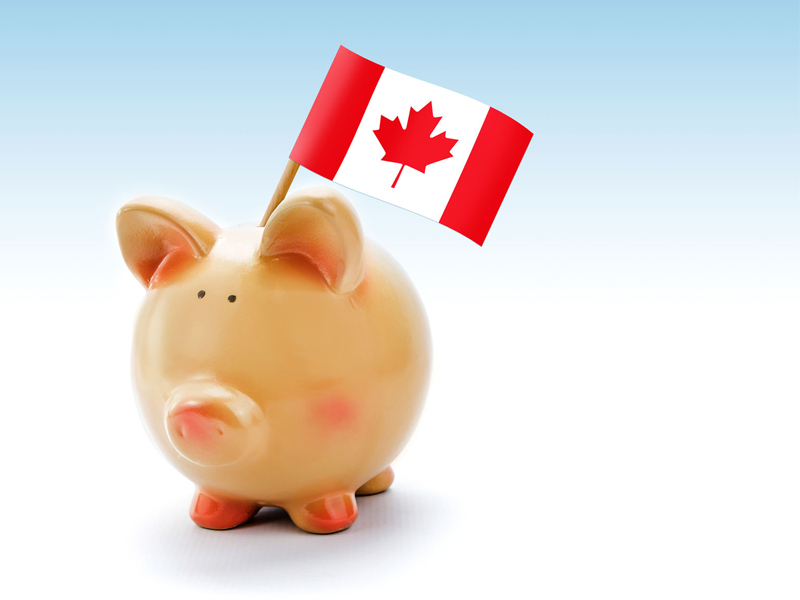
Over the past decade, Canadian investors holding U.S. investments have benefited from U.S. currency exposure, but those benefits may soon diminish.
A report from Richardson GMP published on Tuesday noted that the U.S. dollar appreciated by 2.5% (average annualized rate) over the past decade, which helped the performance of Canadian portfolios with U.S. investments when translated to Canadian dollars.
Not only did U.S. currency exposure provide Canadians with performance enhancement but it also helped manage portfolio volatility.
With the U.S. dollar viewed as a safe-haven currency, when markets fall, the U.S. dollar appreciates, “just the kind of diversification tool that all portfolios would like,” the report said.
Investors might now want to reconsider if they’ll benefit from continued U.S. currency exposure, considering an overvalued U.S. dollar, an undervalued loonie and the relative outperformance of Canada’s economy.
Canadian economic data continues to hold, the report said, and, in fact, has “decisively” beaten expectations. “Historically, when Canadian economic surprises have been positive and stronger than the U.S. for such an extended period of time, the Canadian dollar shows strength,” it said.
As a result, “investors should be more open to considering hedged investment strategies on a go-forward basis,” the report said.
All bets are off, however, in the event of a recession, which would likely result in the U.S. dollar rising relative to the loonie.
For example, the U.S. consumer can better weather an economic contraction relative to its Canadian counterpart, the report said. Further, the Canadian economy is less diversified than the U.S. economy, with housing as the current big driver.
Thus, if a recession occurs in the next year or two, “there is a strong diversification benefit in a decent amount of U.S.- dollar exposure for Canadian investors,” the report said.
In its foreign exchange report for October, National Bank said a truce in the U.S.-China trade war would result in a boost to oil prices and a reduced expectation of rate cuts from the Bank of Canada, giving a lift to the loonie.
The outcome of next week’s federal election could also affect the loonie. If the result is a minority government, “the effectiveness of fiscal policy may be blunted by slow implementation or, worse, gridlock,” the report said. “The Canadian dollar could suffer as a result.”
For now, National Bank’s forecast for the loonie to the end of 2019 remains unchanged: US$1 will trade at C$1.30.
For full details, read the reports from Richardson GMP and National Bank.